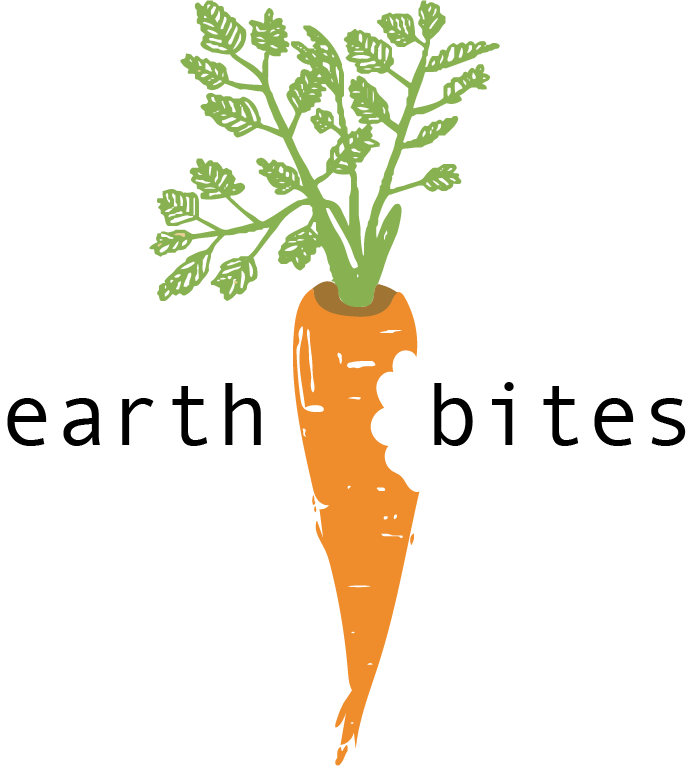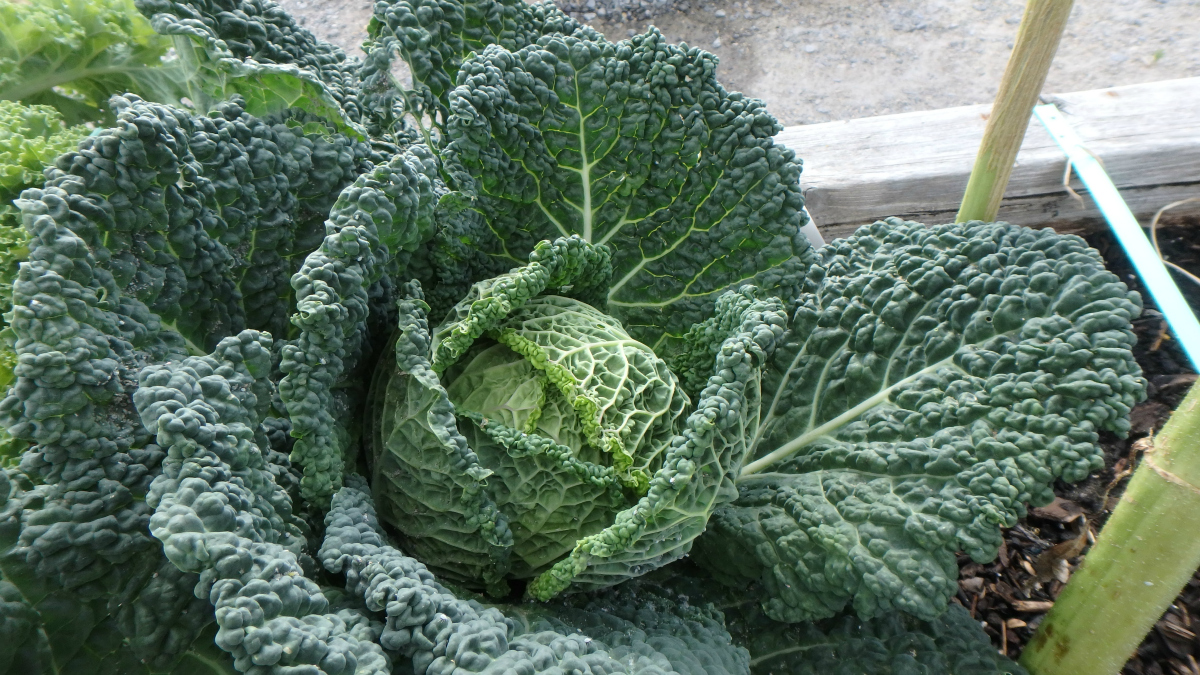Written by Pablo Vimos – an EarthBites Facilitator
Fall is around the corner, and it is time to start cultivating vegetables that grow in cold weather. These plants have the ability to move water out of their cells as temperature approaches freezing. Thus protecting cell structure, as ice crystals form in spaces between cells rather inside the cell.
What To Plant:
Gardeners group veggies based on their tolerance to frost.
| Light Frost-Tolerant
-2° to 0°C |
Hard Frost-Tolerant
Below -2°C |
| Artichokes
Arugula Beets Bok Choy Carrots Cauliflower Celery Chinese Cabbage * Endive Parsnip Peas Radicchio Swiss Chard |
Broccoli *
Brussels Sprouts * Cabbage * Collards * Garlic Kale * Kohlrabi * Leek Mustard Onions Radish Spinach Turnip |
* Plant as seedings
Planting:
Direct sowing during August and September for having a winter harvest. Warm soil and favourable weather contributes for fast germination of seeds. Seedlings (brassicas sow in July) are transplanted for a winter harvest. If you have left direct sowing too late – do not worry – you can buy winter green transplants from your garden centre.
If you would like to break your garden space down into square foot planting spaces – here is a guide of how many winter veggies seeds/ seedlings you can plant per square foot.

Soil Prep:
Previous sowing or transplanting vegetables, lose and aerate the soil using a gardening fork, and break soil clamps with a trowel or cultivator. Add composter and work it well in the soil, so ensuring plants have plenty of nutrients.
Maintenance:
Watering: Water the soil, and not the plant. Ensure soil around roots is moist, and deep watering is the best strategy to achieve this and encourage the development of deep roots. Since fall is very rainy, veggies should not be overwatered. Water only during a dry spell.
Weeding: As during any season of gardening, weeds will rob your plants of precious nutrients. So remove weeds regularly, taking care not to dislodge young vegetables.
Mulching: Mulch garden beds to protect soil during winter, before temperatures get below 10C. Create a 5 cm layer of mulch (trimmed leaves) to protect the soil and create a habitat for soil fauna.
Protection: Cloches, cold frames or fleece could be used to protect garden beds and vegetables from frost and snow.
Harvesting:
Winter Greens can be harvested when leaves are big. Remember during the winter vegetables grow very slow, so plants should be well developed before the first frost.
Shopping List:
Seeds
Compost
Seedlings or transplants from your garden centre

